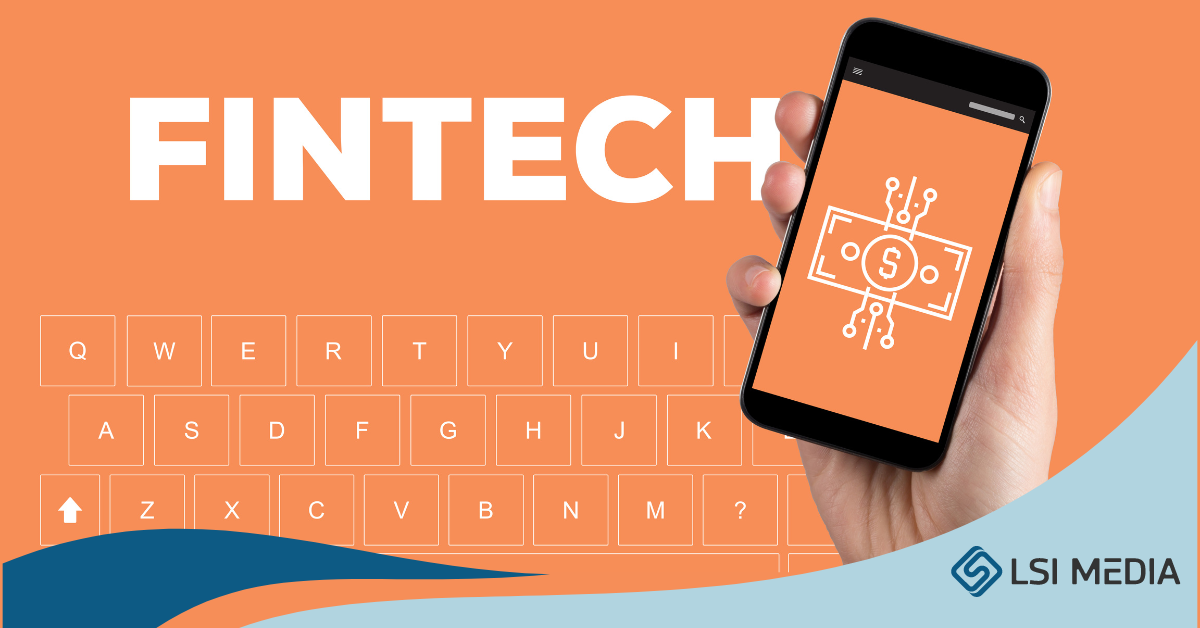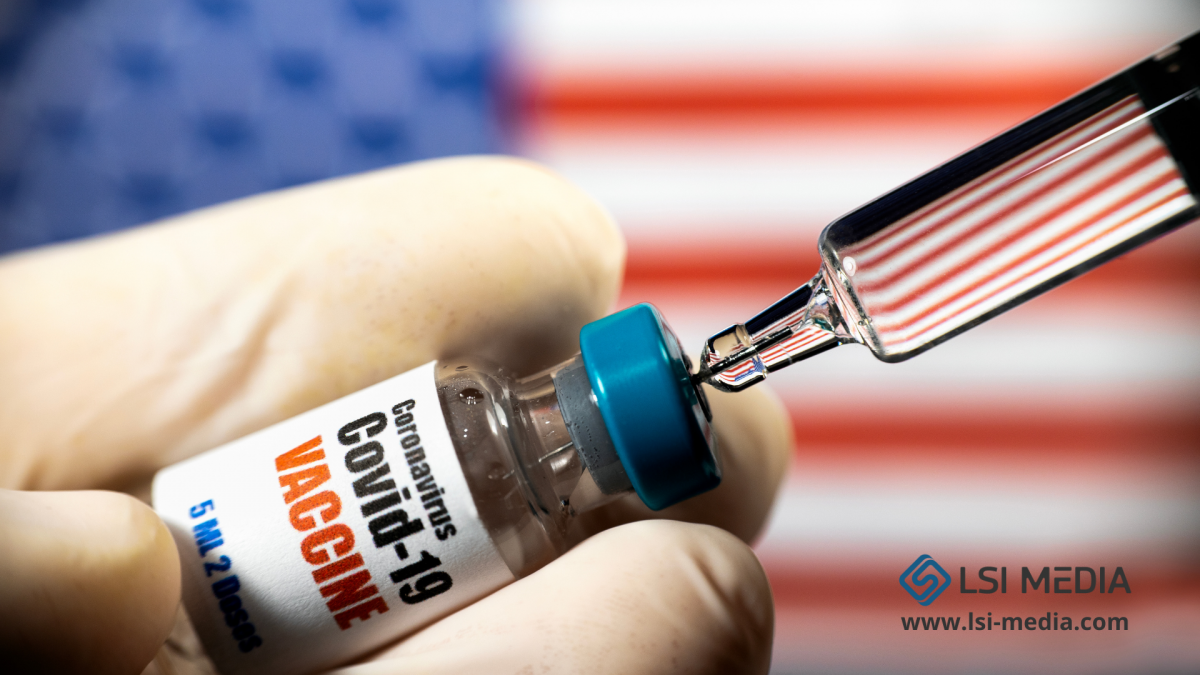[ez-toc]
The global pandemic has drastically altered consumer patterns and behaviors leaving brands and businesses alike in unchartered waters. With most of the world’s population under lockdown, brands are investing in eCommerce solutions and relying on online marketing strategies for income generation. After all, during these unprecedented times, digital capabilities are no longer optional, it has become the very foundation a business needs to remain operational. Here’s a look at key shifts in consumer spending habits that could significantly impact brands in the near or far future
-LSi Media
Now that 2020’s global pandemic has taught most of the world how to live and work completely from home, marketers planning their 2021 strategy are asking one big question:
“Will this uncertain time change the way people spend money?”
McKinsey — which recently polled consumers in over 48 countries about their 2020 spending habits — says, “Yes.”
One of the biggest findings in the McKinsey study was that 75% of consumers had changed brands at least once during the pandemic.
McKinsey’s research also noted four other key shifts in consumer spending behavior that could majorly impact brands in the near or far future. In this blog post, we’ll walk you through all five shifts noted in the McKinsey study while giving our insights on how marketers and brands can navigate them.
How Purchasing Behaviors are Changing in 2020
1. Brand loyalty is being tested
At the beginning of the pandemic, as entire cities began to close non-essential businesses, consumers raced to stores or hopped online to order essential products they’d need in the coming months. This caused a major disruption in supply chains and product shortages around the world. And, even in the earliest days of the pandemic, consumers were paying heavy attention to how companies handled shortages and bursts in product demand.
While some brands saw an influx of new customers that they once lost to bigger competitors, other companies lost customers because they couldn’t keep up with high demand. “Over 60% of global consumers have changed shopping behavior, many of them for convenience and value. In the US, the percentage was 75%,” the McKinsey study notes.
When it comes to brand shifts outside the U.S., a whopping 91% of Indian consumers and 82% of Chinese consumers say they’ve changed brands at least once since the beginning of the pandemic. According to McKinsey, the top three reasons consumers changed their habits or brands were value, availability, and convenience.
How Brands are Navigating
At this point, some large brands are working to align teams better to ensure that products can be discovered, ordered, and delivered quickly — even in times of high demand. Meanwhile, some smaller brands make their products more available online and in-stores to prospective customers who can’t get an item quickly enough from brands they’ve used in the past.
According to a post from Repsly, which included data from anonymous name brands, companies that thrived in 2020 used data and company-wide communication strategies to identify areas at risk of high product demand around March and continued to align with teams, including marketing, service, and supply chain teams to ensure their shelves and warehouses stayed stocked.
In another recent report from McKinsey, researchers similarly predict that successful high-demand brands will develop an integrated approach between their supply teams, sales, and marketing departments. McKinsey also discourages brands from raising prices in times of high demand and focusing on other vital business and customer experience strategies instead.
“Operational concerns maybe even more important than pricing strategy, including stabilizing the supply chain, keeping products on the shelves, addressing customers’ urgent needs, and maintaining quality,” the McKinsey report explains.
2. Consumers aren’t rushing to grab their wallets
Before the pandemic, Gen Z was the major age group that prioritized essential products over other purchases. Meanwhile, other generations were more likely to splurge on products based on their brand name or non-essential perks. But, after business closures and financial uncertainty related to the pandemic, consumers in all generations are reconsidering spending habits. Even as cities, businesses, and workplaces slowly reopen, shoppers plan to stay cautious about their budgets.
In the U.S. alone, 40% of consumers say they’ll continue to be mindful of where they spend money, while 31% plan to buy less expensive versions of items to save money. And, whenever they make those purchases, 21% of consumers aim to do more brand and product research than they had for pre-pandemic purchases.
How Brands are Navigating
While consumers might have made purchases with motives related to fun, entertainment, brand name, or other perks before the pandemic, many are now more budget-conscious than ever. For the most part, consumers are primarily zoning in on essential product purchases. And, if someone does buy a less essential product, such as an item that entertains them, they’ll do thorough research to ensure they’re getting the best value for their money.
At this point, many essential and non-essential product companies have caught on to consumer budget concerns. They have begun to leverage online marketing strategies to ensure that consumers can discover their products, learn about their value, and determine that they’re worth purchasing. Companies that sell essential products have created campaigns, advertisements, and messaging reminding consumers of how important the items are. Meanwhile, companies that sell less essential items are getting creative to identify new value propositions for their products or brands.
For example, in the ad below, Procter & Gamble acknowledges the COVID-19 crisis, explains how it will be donating products to families and philanthropies in need, emphasizes the importance of their household and health items, and reminds viewers of how its brand has helped consumers disinfect their homes for generations:
https://www.youtube.com/watch?v=M4xF40TnlS0
The P&G ad is effective because it highlights that the brand offers affordable and available products that people trust for cleanliness. It shows how the company is actively aiming to help people impacted by the pandemic and reminds audiences of how essential its products are to global households. In another example, Ice Breakers, a mint company that sells products that might be considered less essential, made an ad to highlight how eating mints before you put on a mask can prevent smelling your breath.
https://www.youtube.com/watch?v=yXU7JFKaSJQ
While the P&G campaign acknowledges why its brand’s products are essential to people worldwide, the Ice Breakers ad cleverly places new value into a non-essential mint product that people might not be rushing out to buy at this time.
3. Shoppers need eCommerce
McKinsey notes that “most [product] categories have seen more than 10 percent growth in their online customer base during the pandemic.” Additionally, across most product categories, at least 30% of U.S. and U.K. consumers expect to make even more online purchases after the pandemic.
How Brands are Navigating
While many bigger brands are ramping up their eCommerce strategies, a few prominent tech giants have begun to offer solutions that can help smaller or medium-sized brands, such as boutiques, retailers, or restaurants, generate revenue online. For example, Facebook recently launched a Facebook Shops tool, which enables any company with a Facebook or Instagram Business page to create a mini-online store that links with all platforms owned by the social media brand. Meanwhile, meal delivery apps like DoorDash temporarily reduced commissions of local restaurant orders so those business owners could sell food virtually while earning fee-free revenue for each order.
4. Health plays a role in purchasing decisions
With the pandemic impacting thousands of Americans, people began to consider their health and safety more than ever before — even when purchasing products. In the past, health-conscious consumers might have glanced at back labels of various products, the interest in health and safety has gotten even deeper. Now, they might ask, “What’s the packaging process for these products?”, “Are the cashiers in the grocery store given PPE?” or “How are businesses actively preventing the spread of germs?”
While the health and safety of consumers and brand employees might not be the biggest purchasing motivator, it’s one people thinking about much more in 2020. Ultimately, when big or small businesses take action to show that they genuinely care about people, consumers might identify with, trust, and value them more.
How Brands are Navigating
Although it might sound easy to buy an ad spot with a commercial that says, “Our brand cares about you,” this approach might not convince your audiences that the message is authentic. Many of the brands that are thriving in this time demonstrate how they care, rather than just saying it. For example, as global mask shortages occurred in the early days of the pandemic, fashion companies like Louis Vuitton and Burberry diverted clothing production to make face coverings.
Aside from creating PPE, other companies have donated to causes related to the pandemic or taking extra steps to keep their customers and staff safe. Target, which is considered an essential business, has been publishing online content about how the company’s aiming to help customers, employees, and communities at this time.
Rather than centering its YouTube page around content that highlights products, sales, and deals, Target features a playlist to help shoppers and communities during COVID-19. Along with health and safety tips related to shopping, videos on the playlist explain how Target works to create safe in-store experiences and smooth online shopping options for customers.
5. Shoppers have become homebodies.
According to the survey, 70% of consumers don’t want to resume activities or work outside of their homes just yet, despite pushes to reopen the economy. If they won’t leave home to work, travel, or dine out, McKinsey notes that many won’t leave home to shop either. When looking into the near future, “More than 3 out of 4 [consumers] who adjusted their behaviors due to the pandemic said that easing government restrictions will not change their cautious behaviors. Consumers are following guidance from medical experts for reassurance,” notes McKinsey.
How Brands are Navigating
Brands can’t just assume that people will flock back to stores as businesses reopen. While some consumers might not feel comfortable or safe leaving the house immediately after a pandemic, others won’t want to shop in physical stores because they know they can buy almost any product they want online. At this point, successful brands are trying to continue to meet customers where they are, even if they don’t leave the house.
While some brands are building out online stores and digital services, others who don’t sell a physical product are launching online events or virtual experiences to gain awareness, generate revenue, and delight their customers. One example of a brand that made an in-person experience into a virtual offering was an animal sanctuary called Sweet Farm. When the California-based farm, which runs on donation revenue, closed to the public amidst the pandemic, its owners created a virtual offering where businesses or individuals could pay $65 to $750 for a farm animal to guest star in their virtual hang out or meeting.
The campaign was cleverly titled “Goat-2-Meeting,” a play on GoToMeeting — a popular video meeting software. According to Sweet Farm, the campaign, which began in March, was so successful that there was a waitlist for animal meet and greeted by April. Sweet Farm has also partnered with more sanctuaries to increase meeting availability and share donation revenue with other organizations that care for animals.
How Marketers Can Navigate 2021 — and Beyond
The global pandemic and economic landscape tested this year, marketers and businesses. As you consider what’s next for your brand, keep these consumer behavior trends in mind:
Consumers crave value and availability
More than ever, consumers will choose to shop from a company because of product value and availability rather than brand loyalty. Business owners who’ve relied on loyalty and credibility to make sales should also monitor their supply chain and pricing to ensure that their products are worth the price and accessible to customers. Meanwhile, lesser-known brands can use a competitive analysis or other tactics to learn where they can help consumers struggling to find affordable or high-demand products.
Digital transformation is key.
Brands can no longer assume a billboard or foot traffic will generate vital revenue. At this point, many companies that were once mostly physical are building online stores, leveraging different online channels for marketing, and thinking outside of the box to create virtual offerings that will delight and retain customers.
“Human” brands will reap benefits
In 2020, customers began to care more about how businesses treated employees, how they kept customers safe, and how companies stepped up to help others in times of uncertainty. Ultimately, brands with leaders who genuinely care about people will get better reviews, word of mouth, and positive awareness than brands that throw caution to the wind.
Via Most Consumers Changed Brands in 2020: Research Explains Why
In Conclusion
2020 was a year of unprecedented changes, and consumers were no exception to this. According to recent research, a significant number of consumers changed their preferred brands throughout the year. This shift can be attributed to various reasons, each shedding light on the evolving preferences and behaviors of consumers.
Firstly, the global pandemic and its consequential economic crisis played a crucial role in this brand-switching phenomenon. As people faced financial uncertainties, they became more conscious of their spending and sought out cheaper alternatives. The scarcity of certain products due to disrupted supply chains prompted consumers to explore other brands that were readily available.
Moreover, as people spent more time at home, their consumption patterns and priorities changed. They began to prioritize brands that aligned with their new values and needs, such as health and sustainability. Furthermore, social media proved to be a powerful influencer in the brand-switching trend. Consumers were exposed to diverse opinions and experiences of others, which led them to consider alternative brands.
Lastly, the increased focus on digital platforms in 2020 enabled consumers to discover and engage with new brands more easily. In conclusion, the year 2020 witnessed a significant shift in consumer brand loyalty, primarily driven by the pandemic’s economic impact, changing consumption patterns, social media influence, and increased digital accessibility.
FAQs:
1. Why did most consumers change brands in 2020?
According to research, most consumers changed brands in 2020 due to various reasons. One of the main factors driving brand switching was price. Many consumers faced financial constraints and looked for more affordable alternatives. Additionally, quality played a significant role in brand switching. Consumers sought brands that offered better quality or reliability in their products or services. The availability of products or services during the pandemic also influenced consumers to switch brands, as some traditional options were no longer accessible. Finally, some consumers changed brands due to a change in preferences or a desire to try something new.
2. How did the pandemic impact brand loyalty?
The COVID-19 pandemic had a significant impact on brand loyalty. With the disruptions caused by the pandemic, consumers had to adjust to new circumstances and rethink their brand choices. Many consumers became more price-conscious and started prioritizing affordability over brand loyalty. Additionally, the availability of certain brands during the pandemic influenced consumer behavior as they sought alternatives. The pandemic also accelerated the adoption of e-commerce, making it easier for consumers to explore and switch between different brands.
3. Which industries saw the highest brand switching rates?
The research suggests that certain industries experienced higher brand switching rates in 2020. The food and beverage industry, for instance, witnessed a significant shift as consumers tried different brands to meet their changing needs and preferences during lockdowns. The travel and hospitality industry also faced unprecedented challenges, leading to a surge in brand switching as travel plans were put on hold or canceled. Other industries, such as fashion, beauty, and fitness, also saw consumers exploring alternative brands due to changing lifestyles and priorities.
4. Were online reviews an influential factor in brand switching?
Yes, online reviews played a vital role in brand switching. With the rise of online shopping and increased reliance on digital platforms, consumers turned to reviews to make informed purchasing decisions. Positive reviews about alternative brands and negative experiences with previously favored brands influenced consumers’ choices. The reputation and social proof provided by online reviews helped consumers feel more confident in trying out new brands.











![How COVID-19 Changed the Way We Think About Office Technology [New Research]](https://www.lsi-media.com/wp-content/uploads/2020/12/5183-8616-OfficeTechnology_8XhtV1.jpg)









